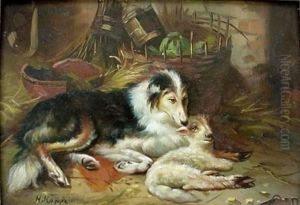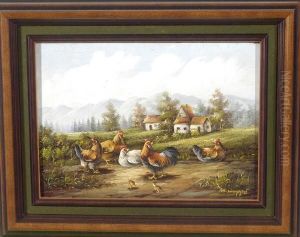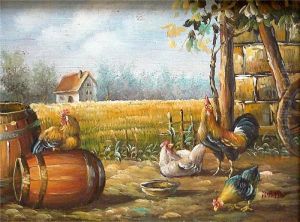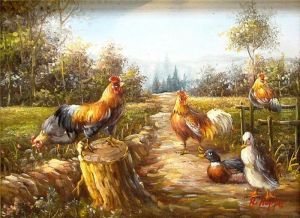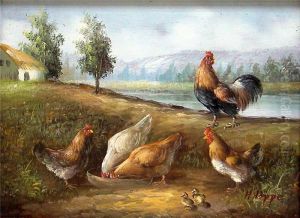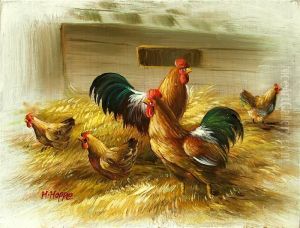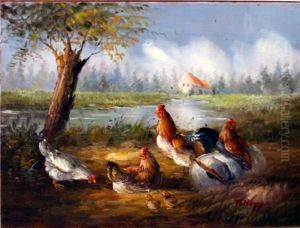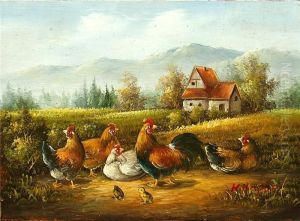H.W. Hoppe Paintings
H.W. Hoppe, born in 1869, was an artist whose personal details, including the date of death, remain largely uncharted in the comprehensive annals of art history. Despite the scarcity of biographical details, Hoppe's work contributes to the rich tapestry of the art world, reflecting the stylistic tendencies and cultural influences of his time. Hoppe's artistic journey, like many of his contemporaries, was likely influenced by the major art movements of the late 19th and early 20th centuries, such as Impressionism, Realism, and perhaps the early stages of Modernism. However, without specific records, the exact nature of his contributions and the movements he was most aligned with remain a matter of speculation.
H.W. Hoppe's artistic output and the mediums he favored are not widely documented, leaving art historians and enthusiasts to piece together his legacy from the limited works available or mentioned in historical records. Given the period he lived in, it is possible that Hoppe engaged with traditional forms of painting, possibly venturing into the realms of landscape, portrait, or still life, which were prevalent genres of the time. Photography was also becoming an important art form during Hoppe's lifetime, and it's conceivable that he might have explored this medium as well.
The absence of detailed records about H.W. Hoppe's exhibitions, critical reception, or influence on his contemporaries and successors makes it challenging to fully assess his impact on the art world. Unlike more well-documented artists of the era, Hoppe's artistic voice seems to whisper rather than shout across the decades. Nonetheless, every artist, regardless of the breadth or recognition of their work, plays a role in the continuum of art history. H.W. Hoppe's creations, however few or obscure, contributed to the aesthetic and cultural dialogues of his time, adding another layer of depth to the understanding of the period's artistic endeavors.
In the broader context of art history, H.W. Hoppe serves as a reminder of the countless artists whose lives and works are partially or entirely lost to time. Their stories, though not always recorded or celebrated, are integral to the fabric of artistic heritage. As such, Hoppe's legacy, as limited as it might be in accessible information, underscores the importance of ongoing research and discovery in the field of art history, encouraging a continual quest for understanding and appreciation of all artists, both renowned and relatively unknown.
